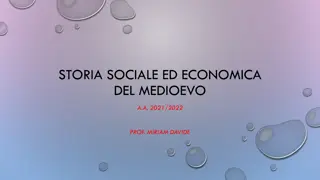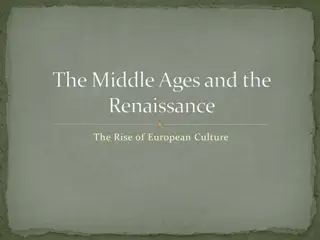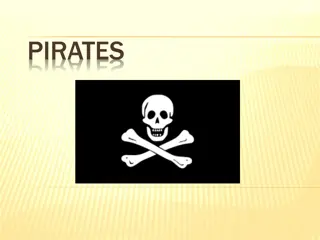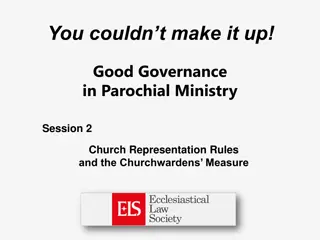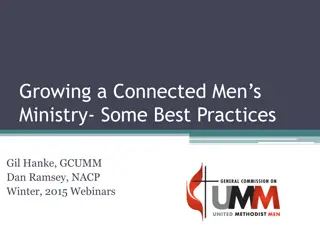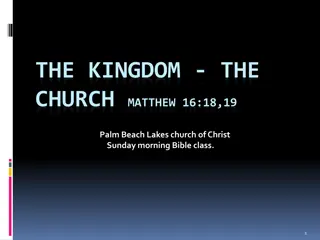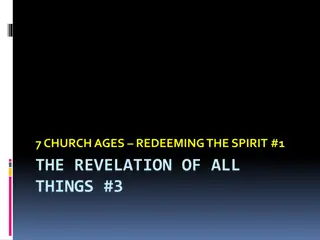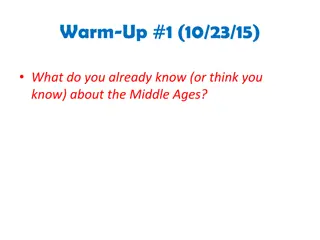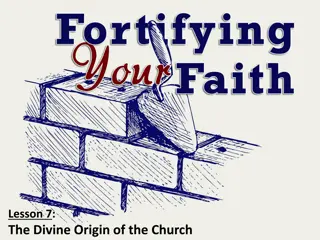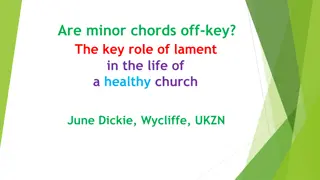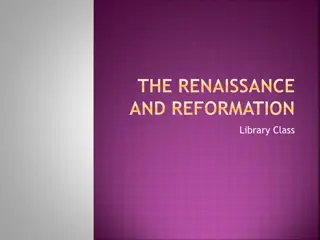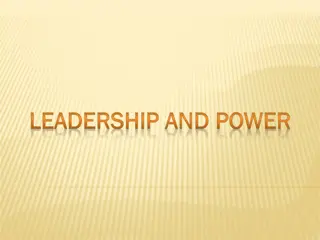The Power of the Church in the Middle Ages
During the Middle Ages, the Church wielded significant power and influence. Christianity spread through missionary efforts and the Church became involved in politics, using its resources for various activities. Monasteries provided sanctuaries for monks and nuns devoted to serving God. The Church's authority extended to both spiritual and political realms, leading to conflicts with secular rulers. Its structure included different ranks of clergy under the Pope's leadership. Religion served as a unifying force, bonding people together through Church teachings and sacraments. Clashes between the Church and the Emperor highlighted power struggles. These dynamics shaped the societal landscape of the Middle Ages.
Download Presentation

Please find below an Image/Link to download the presentation.
The content on the website is provided AS IS for your information and personal use only. It may not be sold, licensed, or shared on other websites without obtaining consent from the author.If you encounter any issues during the download, it is possible that the publisher has removed the file from their server.
You are allowed to download the files provided on this website for personal or commercial use, subject to the condition that they are used lawfully. All files are the property of their respective owners.
The content on the website is provided AS IS for your information and personal use only. It may not be sold, licensed, or shared on other websites without obtaining consent from the author.
E N D
Presentation Transcript
The Middle Ages OUTCOME: THE POWER OF THE CHURCH OUTCOME: THE POWER OF THE CHURCH
The Power of the Church 1. Christianity in the early Middle Ages a. By 600, Christianity had spread to many Germanic peoples b. Missionaries risked their lives to spread Christianity c. Attacks by Muslims spurred people to convert to Christianity d. The Christian Church became more secular, or worldly---> Involved in politics e. Pope Gregory I used church revenues to raise armies, repair roads, and help the poor
The Power of the Church 2. Monasteries a. Religious communities for men. Men were called monks b. Gave up possessions and devoted a life to serving God c. Women, or nuns, lived in convents d. St. Benedict wrote a book setting a practical set of rules for monasteries e. Best place for an education
The Power of the Church Far-Reaching Authority of the Church a. The Church sought to influence spiritual and political matters when it crowned Charlemagne Roman Emperor in 800 3. Pope Gelasius I suggested that God had created two swords: One sword was religious ----> held by pope One sword was political ----> held by the emperor Pope bows to emperor in political matters iv. Emperor bows to pope in spiritual matters v. If each kept authority in own realm, the two could live in harmony b. i. ii. iii.
The Power of the Church c. Structure of the Church i. Different ranks of clergy, or religious officials ii. Pope was head of Church iii. All clergy, including bishops and priests fell under pope s authority iv. For most people, local priests served as the main contact with the Church
The Power of the Church d. Religion as a Unifying Force i. Feudalism created division but Church teachings bonded them together ii. Provided people with a sense of security and of belonging to a religious community iii. Priests and other clergy administered sacraments (religious ceremonies) iv. All were subject to canon law, or Church Law v. This included matters such as marriage or religious practices because the Church was both religious and political
The Power of the Church 4. The Emperor Clashes with the Pope a. When Pope Leo III crowned Charlemagne emperor in 800, he unknowingly set up future conflict b. Otto the Great crowned king of the Holy Roman Empire in 936 c. Church unhappy with Otto s use of lay investiture, ceremony where kings and nobles appointed church officials d. Popes would threaten with excommunication, or banishment from the Church e. Future kings would attempt to exert power over the papacy (pope) f. These attempts would weaken German provinces in Europe and weaken royal authority
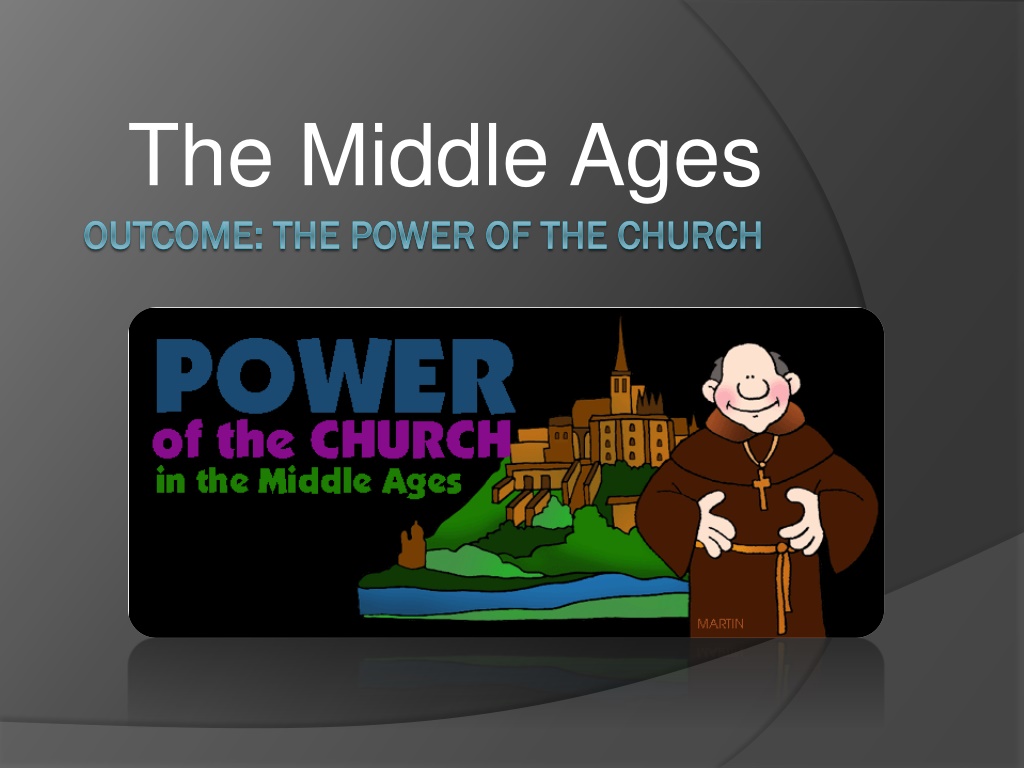
 undefined
undefined










![READ⚡[PDF]✔ European Mail Armour: Ringed Battle Shirts from the Iron Age, Roman](/thumb/20552/read-pdf-european-mail-armour-ringed-battle-shirts-from-the-iron-age-roman.jpg)
